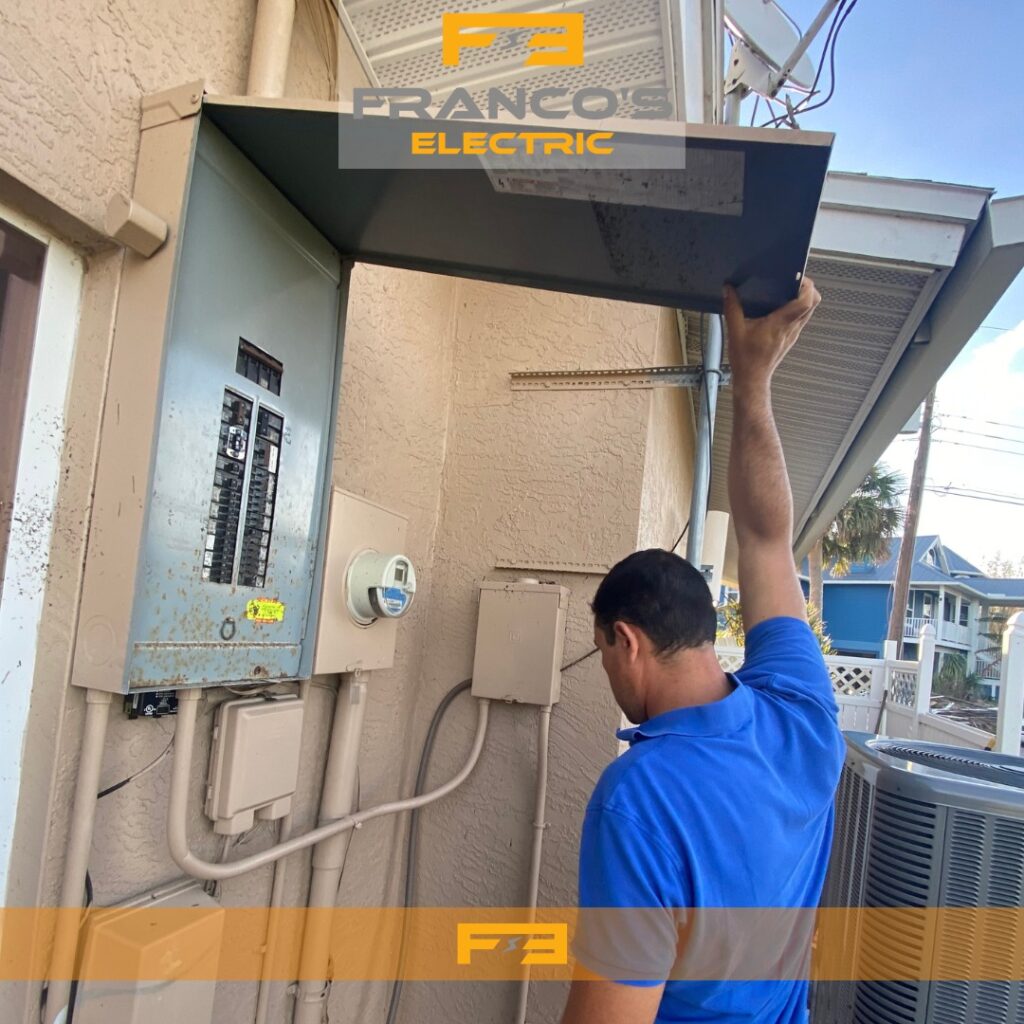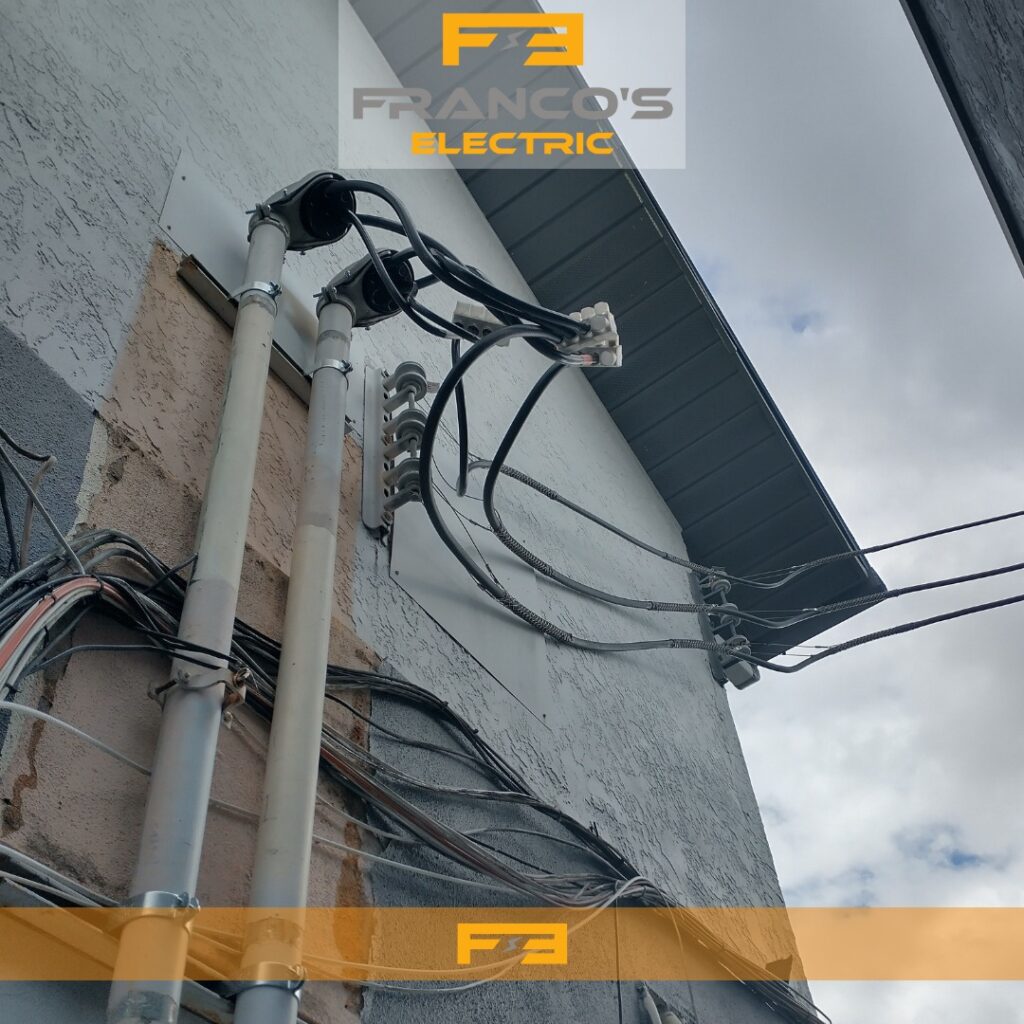Flooding has damaged hundreds of thousands of homes, and the recovery ahead will continue for months. Water damage can cause a variety of problems not only to the building structure and the furnishings but also to the electrical wiring system, components, and equipment., many will have to remove electrical wiring, outlets, switches, and more.
Electrical repairs have the potential for danger under normal circumstances, and adding water to the mix increases that potential significantly. The electrical circuits should be turned OFF until the water-damaged area has been properly evaluated and the necessary repairs have been made. GFCI circuit protection should always be used in the affected area even during the cleanup process where electrical devices and equipment will be used.
The affected electrical systems of the water-damaged area should be thoroughly inspected
We all know that water and electricity don’t mix. Unfortunately, not all of us know the full ins and outs of electrical safety. And that’s why it’s important to have a flooded home checked out by an electrician, utility worker, or firefighter before you reenter.
Simply shutting off the power to a home at the main breaker switch isn’t enough to guarantee safety. If nearby homes are using generators for emergency power, that energy can flow back into the grid, creating an electrocution risk. An electrician may need to disconnect the electric meter to render a home completely safe.
Once a qualified professional gives the all-clear, it’s safe to begin the most urgent cleanup tasks. But the electrical repair work should not only be performed by licensed electricians, it should also be coordinated with other rebuilding efforts like the replacement of drywall and insulation.
Expect to replace all electrical components and equipment
In some cases, submerged wiring in a flooded home may technically be salvageable. But because of the corrosive damage that can occur, water-saturated cable or wiring and electrical components such as outlets and switches should be replaced. If your home floods during a hurricane, expect to replace all electrical components and equipment below the water line.
Sorting out what must be replaced and what can be salvaged is another job for a trained electrician. It’s important to have an electrician conduct a complete electrical survey before repairs begin to define the scope of work, and after repairs are completed, to confirm that the home is functional and safe.
Insulated appliances like refrigerators, freezers, ovens, and tank water heaters are usually unsalvageable because the wet insulation cannot be replaced. If motors or other electrical equipment has become immersed in water or has an accumulation of moisture it would be best to obtain a water corrosion inhibitor that is approved for electrical equipment.
If you have an appliance that you think maybe salvageable, remove it from the home and allow it to air dry in a covered area for several days. Most importantly, have it inspected, repaired, and deemed safe by a repair professional before attempting to plug it in. Appliances with motors or compressors are often destroyed when those components are below the waterline but may be saved if the water isn’t deep enough to reach the central unit.
A safety check from a licensed electrician is a crucial early step after any flooding event. For emergency electrical services of any kind, we at Franco’s Electric is ready to answer the call.



